Innovators in 2023 Carbon Removal Landscape
Ivy Protocol
MAY 18, 2023
The year 2023 stands as a testament to this synergy, with a plethora of companies innovating in the carbon removal terrain with a shared goal of fighting climate change. Meeting the recent pathways laid out by the IPCC will require total cumulative net carbon dioxide removals of 20–660 GtCO2 by 2100. World likely to breach 1.5C


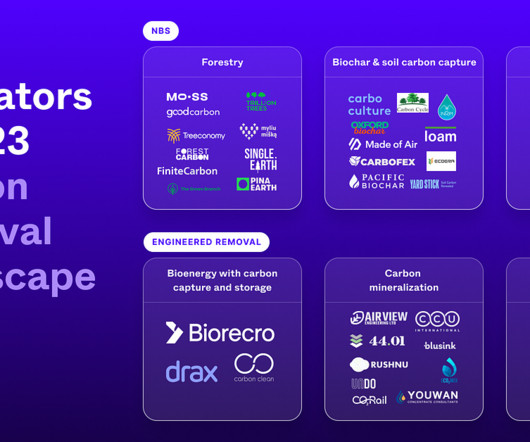
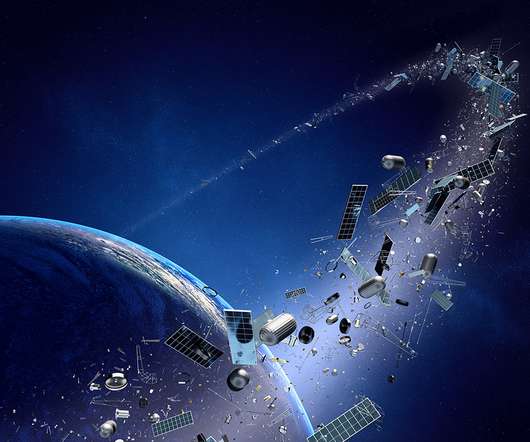
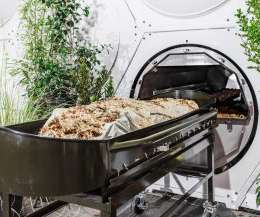
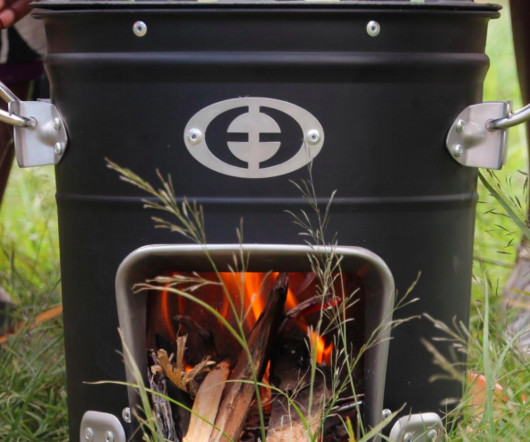
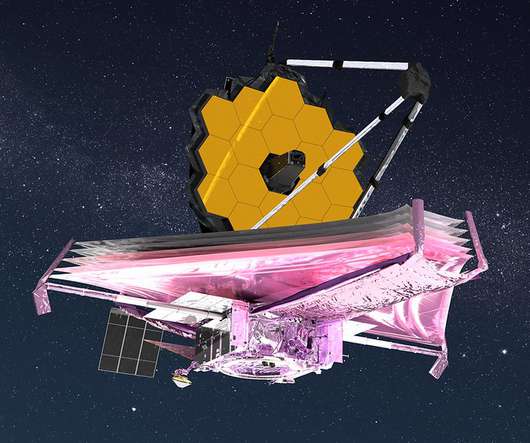






Let's personalize your content